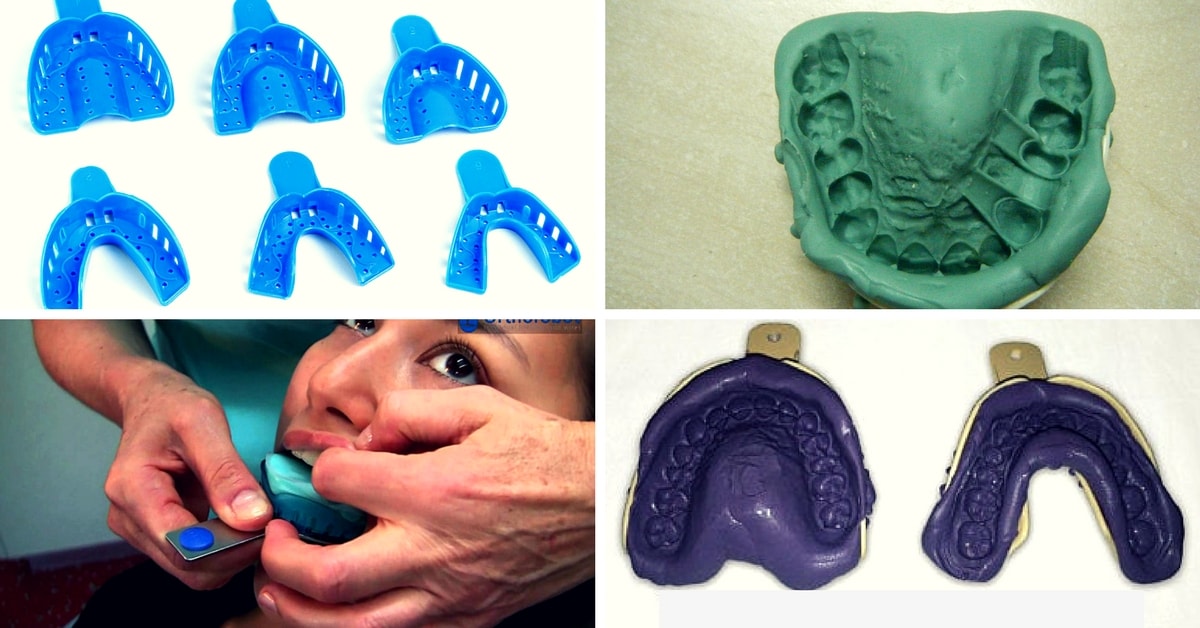

Īnother option is vinyl polysiloxane (VPS or A-Silicone), which is the most widely used material for one or two-step impression techniques.ģM Imprint 4 VPS impression material has been on the market for over a decade and has won several industry awards and accolades thanks to its intrinsic hydrophilicity. More detail on the advantages of Impregum Penta can be found here. Implants, dentures, complex multi-unit cases and cases where moisture control is a challenge are all ideal applications for polyether.Īccording to its manufacturer, 3M Impregum Penta Polyether Impression Material is still the only true polyether impression manufactured in the world and is considered “the gold standard” for the most challenging of cases. Polyether, for example, produces highly accurate results in a single step using one or two different viscosity materials (monophase or one-step) and is arguably the most forgiving when moisture control is difficult as it is inherently hydrophilic from the beginning. Elastomers are the best materials to comply with the requirements needed for indirect restorations. In the impression taking procedure, several different materials and techniques are available. Keep in mind that higher temperatures can reduce material working time, while lower temperatures may increase intra-oral setting times.Īlways choose appropriate tray and wash impression material viscosities and material class according to the impression technique and indication to be carried out. Once cured, recommended storage temperatures and conditions will change. Polyether and VPS usually require different storage temperatures to ensure sufficient working time, and it’s important to refer to each manufacturers’ instructions for use for best practices. Store impression material at room temperature.

Slowly insert the loaded tray into the mouth parallel to the long axes of the prepared teeth and hold it in place without applying pressure.Do not stop and start while loading the syringe. Bleed cartridge prior to loading syringe.Do not exceed working times given in the instructions for use Select material with sufficient working time (i.e.

When syringing wash material, it is important to always let the material “lead” by advancing the tip forward while keeping it fully submerged in wash material.Rinse and dry the prepared area properly and stop any bleeding by using appropriate retraction / haemostatic agents.Air bubbles in elastomer syringe or intra-oral syringe.Working time exceeded, flowability already impaired.Blood and saliva contamination around preparation.Here are a few top tips for remediating common issues with technique, material, or both: Soft and hard tissue anatomy, gingival displacement, moisture management and the behaviour of impressioning materials are all part of the equation. Though today’s materials may be more forgiving than their predecessors, they can’t fully compensate for shortcomings in the procedure.Ī recent evaluation conducted within a commercial dental laboratory determined that 86% of crown-and-bridge impressions contained at least one detectable error and 55% contained a critical error related to the finish line. Gingival displacement and accurate impressioning still pose some of the greatest challenges in dentistry, despite the use of modern impressioning materials. It’s not easy to compensate for any voids or errors in the first impression and any flaws can even be compounded throughout the rest of the procedure. Critical areas, critical consequencesĬritical areas require exact duplication of detail, such as margins (especially subgingival) and the fine details of tooth preparations for crowns, veneers, onlays or inlays. This is why the use of careful, proper technique is essential to avoiding troublesome voids and creating a quality impression. Only the dentist can provide the information necessary for an error-free reproduction. Technicians cannot accurately add detail that the impression itself lacks. The most critical step is the first impression as this is what every step that follows hinges on.ĭespite this, lab technicians can sometimes be asked to create flawless restorations based on flawed or incomplete impressions. The process of fabricating an indirect restoration takes careful attention to detail at every step because there are many opportunities for error. Fine-tuning your technique and using the right materials are key to avoiding this. Voids in dental impressions can lead to all kinds of troubles with restorations.
TAKING DENTAL IMPRESSION HOW TO
How to Avoid Voids in Your Dental Impressions


 0 kommentar(er)
0 kommentar(er)
